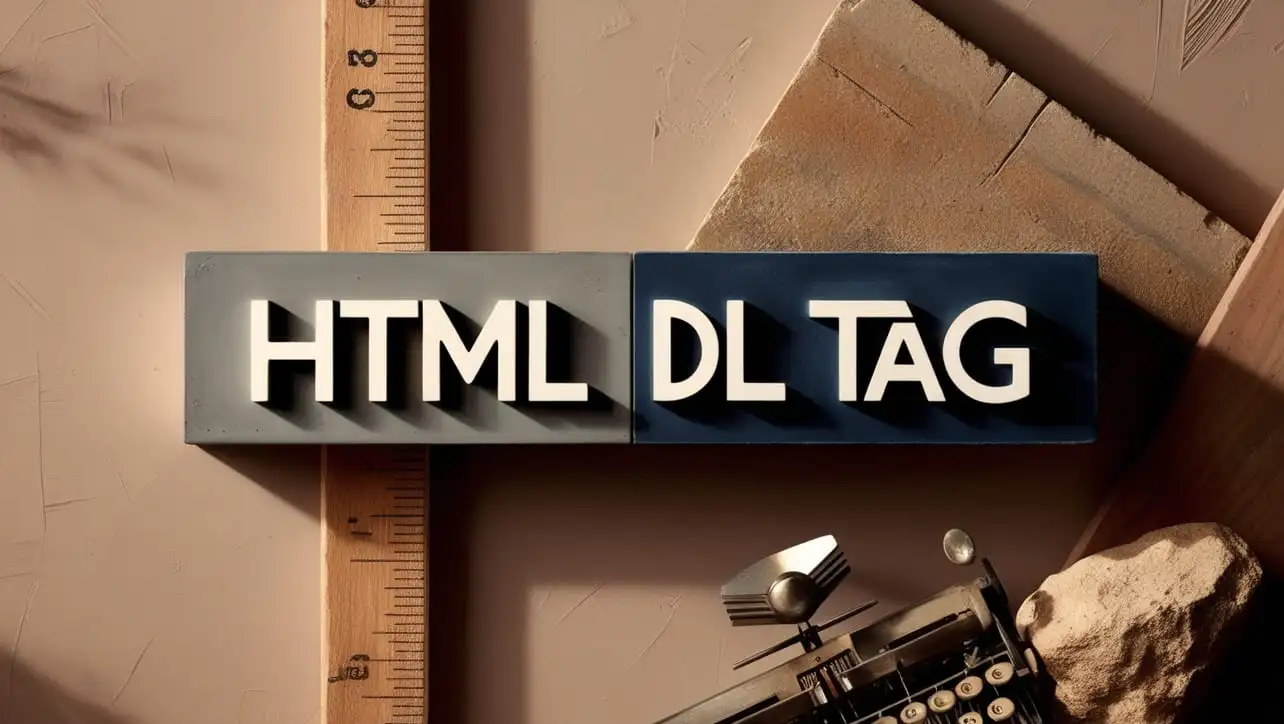
HTML Topics
- HTML Intro
- HTML Basic
- HTML Editors
- HTML CSS
- HTML Tags
- <!--...-->
- <!DOCTYPE>
- <a>
- <abbr>
- <address>
- <area>
- <article>
- <aside>
- <audio>
- <b>
- <base>
- <bdi>
- <bdo>
- <bgsound>
- <blink>
- <blockquote>
- <body>
- <br>
- <button>
- <canvas>
- <caption>
- <cite>
- <code>
- <col>
- <colgroup>
- <data>
- <datalist>
- <dd>
- <del>
- <details>
- <dfn>
- <dialog>
- <div>
- <dl>
- <dt>
- <em>
- <embed>
- <fieldset>
- <figcaption>
- <figure>
- <footer>
- <form>
- <h1> to <h6>
- <head>
- <header>
- <hgroup>
- <hr>
- <html>
- <i>
- <iframe>
- <img>
- <input>
- <ins>
- <kbd>
- <label>
- <legend>
- <li>
- <link>
- <main>
- <map>
- <mark>
- <menu>
- <meta>
- <meter>
- <nav>
- <noscript>
- <object>
- <ol>
- <optgroup>
- <option>
- <output>
- <p>
- <param>
- <picture>
- <pre>
- <progress>
- <q>
- <rp>
- <rt>
- <ruby>
- <s>
- <samp>
- <script>
- <search>
- <section>
- <select>
- <small>
- <source>
- <span>
- <strong>
- <style>
- <sub>
- <summary>
- <sup>
- <svg>
- <table>
- <tbody>
- <td>
- <template>
- <textarea>
- <tfoot>
- <th>
- <thead>
- <time>
- <title>
- <tr>
- <track>
- <u>
- <ul>
- <var>
- <video>
- <wbr>
- HTML Deprecated Tags
- HTML Events
- HTML Event Attributes
- HTML Global Attributes
- HTML Attributes
- HTML Comments
- HTML Entity
- HTML Head
- HTML Form
- HTML IndexedDB
- HTML Drag & Drop
- HTML Geolocation
- HTML Canvas
- HTML Status Code
- HTML Language Code
- HTML Country Code
- HTML Charset
- MIME Types
HTML dl Tag

Photo Credit to CodeToFun
🙋 Introduction
The HTML <dl> (Definition List) tag plays a crucial role in structuring content that involves terms and their corresponding definitions.
In this guide, we will delve into the details of the <dl> tag and explore its various applications.
🤔 What is <dl> Tag?
The <dl> tag is used to define a description list. It typically consists of a series of terms (<dt> - Definition Term) and their corresponding definitions (<dd> - Definition Description). This structure is ideal for presenting glossaries, dictionaries, or any content where terms need clear and associated explanations.
💡 Syntax
The basic syntax for the <dl> tag involves enclosing a series of <dt> and <dd> pairs within the opening and closing <dl> tags.
<dl>
<dt>Term 1</dt>
<dd>Definition 1</dd>
<dt>Term 2</dt>
<dd>Definition 2</dd>
<!-- Add more term-definition pairs as needed -->
</dl>🧰 Attributes
While the <dl>, <dt>, and <dd> tags don't have many attributes, you can still apply styling using classes or inline styles.
<dl class="glossary">
<dt class="term">HTML</dt>
<dd class="definition">Hypertext Markup Language</dd>
</dl>📚 Common Use Cases
Glossaries and Definitions:
The primary use of the
<dl>tag is to create glossaries or lists of terms with corresponding definitions.glossaries-and-definitions.htmlCopied<dl> <dt>JavaScript</dt> <dd>A scripting language used to create dynamic content on websites.</dd> <dt>CSS</dt> <dd>Cascading Style Sheets define the look and formatting of a document written in HTML.</dd> </dl>Metadata Presentation:
The
<dl>tag is also employed in displaying metadata, where terms represent properties, and definitions convey values.metadata-presentation.htmlCopied<dl> <dt>Author</dt> <dd>John Doe</dd> <dt>Published</dt> <dd>January 30, 2024</dd> </dl>
🖥️ Browser Support
Understanding the compatibility of the <dl> tag across different browsers is essential for delivering a consistent user experience. Here's an overview of its support:
- Google Chrome: Fully supported.
- Mozilla Firefox: Fully supported.
- Microsoft Edge: Fully supported.
- Safari: Fully supported.
- Opera: Fully supported.
- Internet Explorer: Fully supported.
🏆 Best Practices
- Maintain a clear structure, using <dt> for terms and <dd> for definitions.
- Apply appropriate styling to enhance the visual presentation of your definition lists.
- Consider accessibility by ensuring that each term has a corresponding definition.
🎉 Conclusion
Mastering the <dl> tag is essential for presenting information in a structured and easily digestible manner. Whether you're creating a glossary or organizing metadata, the <dl> tag provides a clean and semantic solution.
👨💻 Join our Community:
Author

For over eight years, I worked as a full-stack web developer. Now, I have chosen my profession as a full-time blogger at codetofun.com.
Buy me a coffee to make codetofun.com free for everyone.
Buy me a Coffee












If you have any doubts regarding this article (HTML dl Tag), please comment here. I will help you immediately.